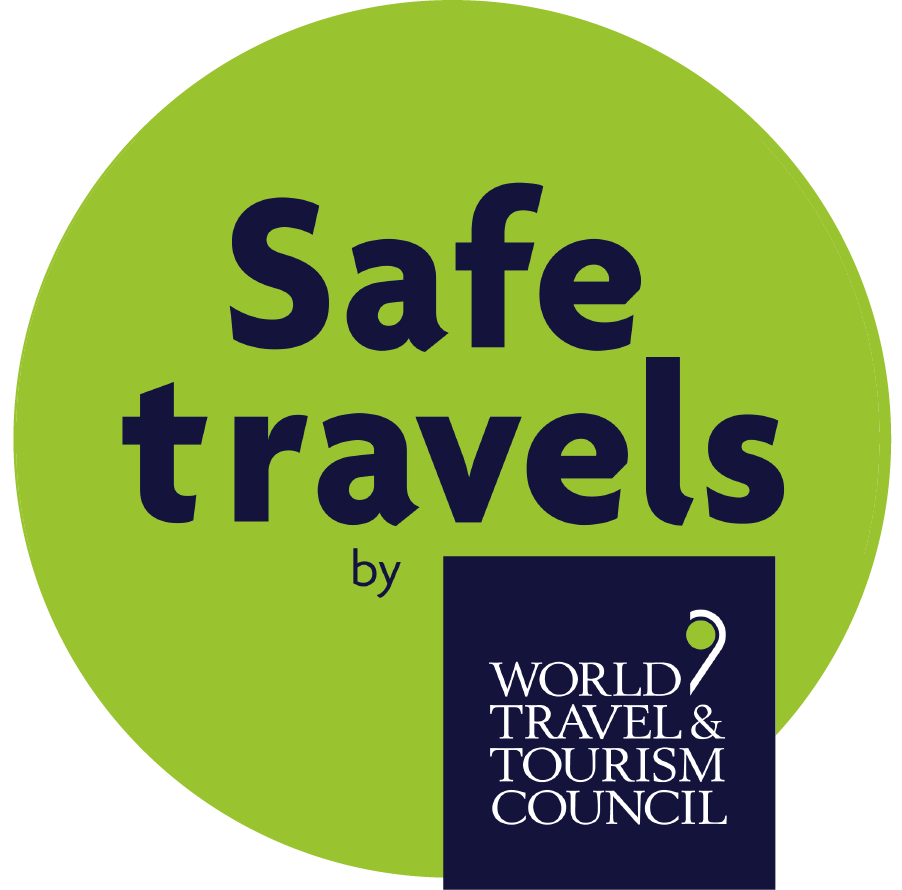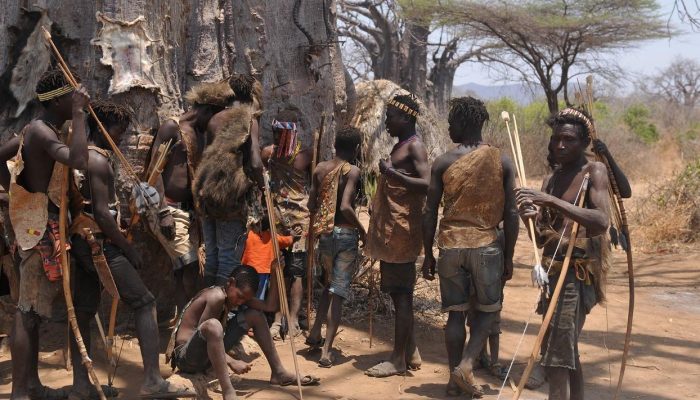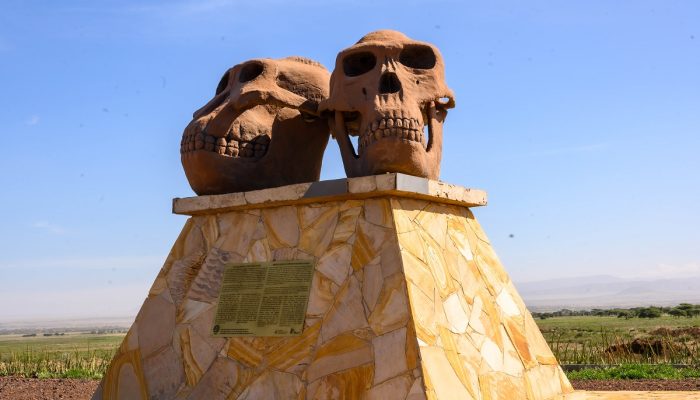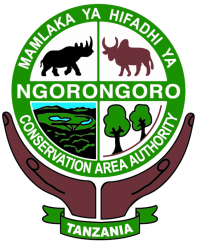Follow us
- Home
- About UsThe Organization
- NCA & NCAA
- Conservation
- TourismAttractions and Activities
- Cultural Heritage
- Geopark
- Community
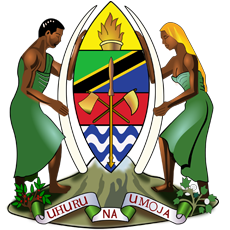
The United Republic of Tanzania
NGORONGORO CONSERVATION AREA AUTHORITY
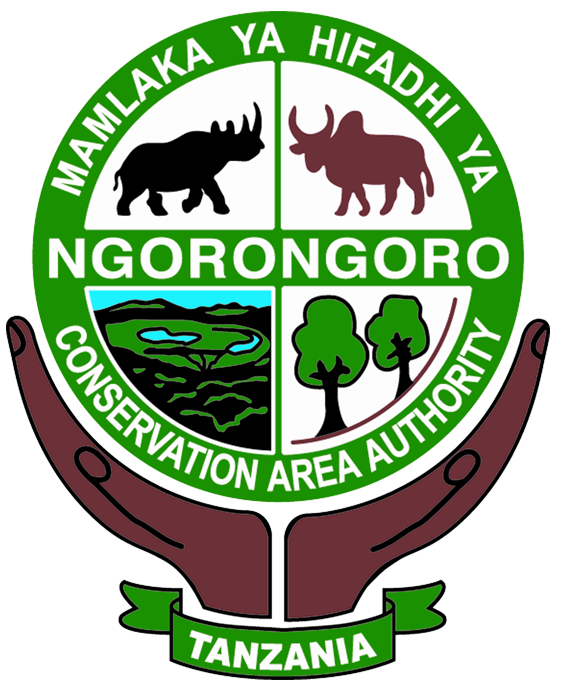
Follow us
- Home
- About UsThe Organization
- NCA & NCAA
- Conservation
- TourismAttractions and Activities
- Cultural Heritage
- Geopark
- Community
- Home
- About UsThe Organization
- NCA & NCAA
- Conservation
- TourismAttractions and Activities
- Cultural Heritage
- Geopark
- Community
Tourism Activities
What to do in NCA
In NCA, tourists are admired by numerous activities attached to natural and cultural attractions, areas of archaeological interest, mountains, culture and arts and festivals and events.
Game Drive
Having an abundance of flora and fauna, the Ngorongoro Conservation Area is undoubtedly the best tourist destination you will ever discover. The Ngorongoro Crater, a World Heritage Site and Man and Biosphere Reserve, is home to spectacular volcanic craters, landscapes, and an array of wildlife species. Game drive destinations within NCA are the Ngorongoro Crater, Ndutu Plains, Sale Plains, Gol Mountains, Nasera Rock, Embulbul, and Olkarien Gorge.
While each destination is unique in every detail, a game drive in the Ngorongoro crater is by far the tourists’ most popular and favorite destination. A gradual descent into the Ngorongoro Crater through a lush highland forest, provides countless opportunities to spot magnificent birdlife among various tree species. Once on the grassy crater floor, you may encounter a wide range of grazing herbivores, as well as predators drawn to the plentiful supply of prey.
Walking Safaris
A walking safari in the Ngorongoro Conservation Area is a once-in-a-lifetime opportunity to connect with nature in a more intimate and personal way. You not only walk through the Ngorongoro Conservation Area’s natural areas, which have spectacular landscapes, wildlife, and people, but you also synchronize with your surroundings and become one in every detail. During this remote walking safari, you will explore extinct volcanoes, diverse landscapes, wildlife, and meet the local Maasai, Datoga and Hadzabe.
This all-inclusive scenic walking safari takes place in the Ngorongoro Conservation Area, wherein is the world’s largest unbroken caldera; the breathtaking Ngorongoro Crater. Destinations for this wonderful activity include; the Ngorongoro Crater rim, Empakaai Crater, Olmoti Crater, Mount Makarot (Lemagarut), and Mount Lolmalasin, Ndutu, Nasera Rock, Gol Mountains, Olkarien Gorge, Olduvai Gorge, Endorro waterfalls and Elephant Caves in the northern highlands forest reserve of the Ngorongoro Conservation Area. The average short walk basically takes less than four hours, while the long walk takes more than four hours along with other multi-days walks. All the walking activities in the Ngorongoro Conservation Area must be accompanied by an armed ranger with prior booking and arrangement.
Archaeological Tours
Archaeology in the Ngorongoro Conservation area is well-justified. Being a UNESCO World Heritage site, there are tremendous opportunities provided by numerous archaeological sites visited for the purposes of learning, researching, or solely for leisure in the NCA.
The site comprises the world’s best archaeological locations with prehistoric remains, preserved materials and some interesting information that are worthy of researching, learning, and exploring more about.
The Archaeological sites in the Ngorongoro Conservation Are include the World’s famous Olduvai Gorge, Laetoli Footprints, Engaresero Footprints (hosting traces of the ancient hominid), Mumba Caves and Engaruka.
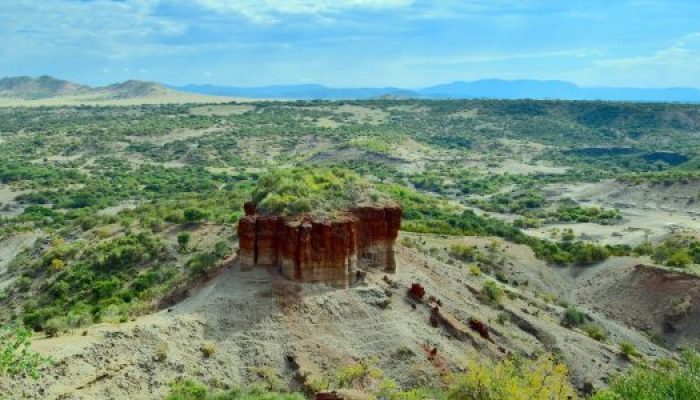
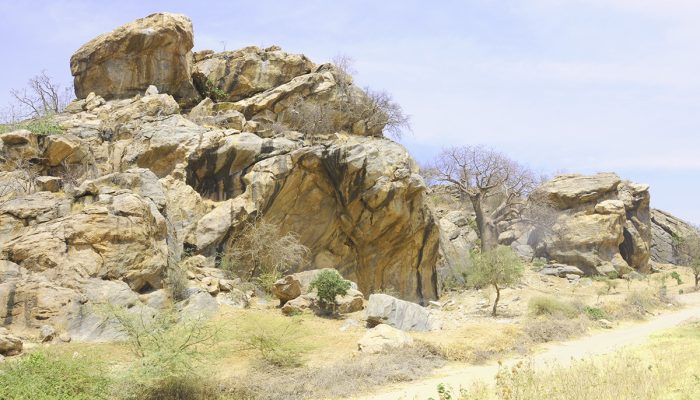
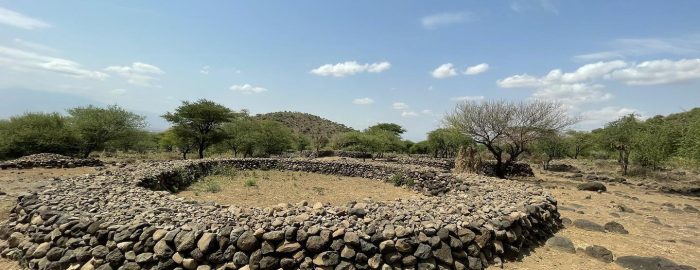
Cultural Tours
A cultural tour in Ngorongoro Conservation Area is yet another iconic activity you don’t want to miss. It provides room to learn and experience the lifestyle of the most famous and ancient ethnic groups; Hadzabe Datoga and the Maasai. The most prominent being the Maasai people who migrated southeast from the Nile area in the 18th century.
The Datoga are pastoralists. The Hadzabe Tribe are an indigenous ethnic group residing near Lake Eyasi. They are hunter-gatherers with a population of less than 1000 and famously known for their absolutely unique lifestyle compared to any other ethnic group in the area.
You can visit the designated Maasai Bomas of the Ngorongoro, where you will learn about a culture that stands out, take photos, and purchase souvenirs.
Guided Nature Walks
Take the time out and go on a nature walk in NCA. This fascinating tour is uniquely designed to allow tourists and other visitors to learn, focus their attention, and take in the details of everything around them; it is the most peaceful and reflective experience type of tour.
The Ngorongoro Conservation Area is a large geographical area endowed with numerous tourism attractions, most of which offer guided tours on a daily basis, all year long. This type of tour is provided by the NCAA through qualified and well-trained guides and rangers who are available to serve you whenever you visit the Conservation Area. A tourist can easily pick their own area of interest and activities they would like to engage in. Whether it’s a private-solo tour or a group tour, we promise to provide balanced information for each individual group member.
NCAA offers this type of tour because it is a safe and dependable way to learn about many new places in the area. Nature walking trails, archaeological and paleontological sites, official Cultural Bomas, hiking and mountain climbing are all part of guided tours and each include multiple interpretations, narrations, and discussions.
Botanical Tours
Botany, in particular, has long been linked to environmental conservation and education. The Ngorongoro Conservation Area is distinguished by hundreds of flora species with colorful blooming flowers and leaves.
This collection contains unique and typical catalogs that are essential for education, scientific purposes, exhibition, and tourism. It depicts important lessons and responsibilities concerning global environmental change and conservation issues, as well as the conservation struggle in managing and conserving all the plants and grass species within the area.
Bird Watching
Do you love birds? We bet you do. We gladly welcome you to Ngorongoro Conservation Area – the bird paradise. This is an ideal site for keen ornithologists hosting over 550 bird species, some of whose NCA is a permanent settlement while some are migratory.
The diversity of vegetation in the area and the topography, which includes grassland plains, lakes, marshes, and highlands provide habitats for a wide range of birdlife. The wet months see the arrival of the Eurasian migrants at the pools; white storks, yellow wagtails and swallows mingle with the local inhabitants; flamingos, stilts, saddle-billed storks, ibises, rufous and various species of duck. Lake Magadi, a salt lake on the floor of the Ngorongoro crater, is often inhabited by thousands of lesser flamingos and other water birds.
The Ngorongoro Conservation Area’s forests are also teeming with birds, such as turaco and hornbill species. Raptors and scavengers are common on the conservation area’s plains. Watch out for distinctive grassland birds such as ostriches, kori bustards, and crowned cranes.
Photographic Safaris
The Ngorongoro Conservation Area is perhaps one of the most photographer-friendly destinations in the world. From its dense woodlands, grassland plains, craters, high and low lands, pre-historic sites, and waterfalls, the Ngorongoro provides a great deal of opportunities for photographic safaris – creating lasting memories.
Photographers are advised to come with all of the essential equipment required for photography. Cameras with telescopic lenses are recommended because off-road driving is strictly prohibited. This type of safari tends to be most successful when you have control over the vehicle and where it goes. Taking photos of the indigenous community along the road is strictly prohibited. It can be done under a special permit at designated places such as community cultural Bomas.
The Ngorongoro Conservation Area is best visited all year long, including the rainy season.
Quick Links
GIVE US YOUR FEEDBACK
what is your experience at NCAA
FAST RESPONSE
chat with our representative
TARIFFS
entry fee, motor vehicle, crater fee etc
GIVE US YOUR FEEDBACK
what is your experience at NCAA
FAST RESPONSE
chat with our representative
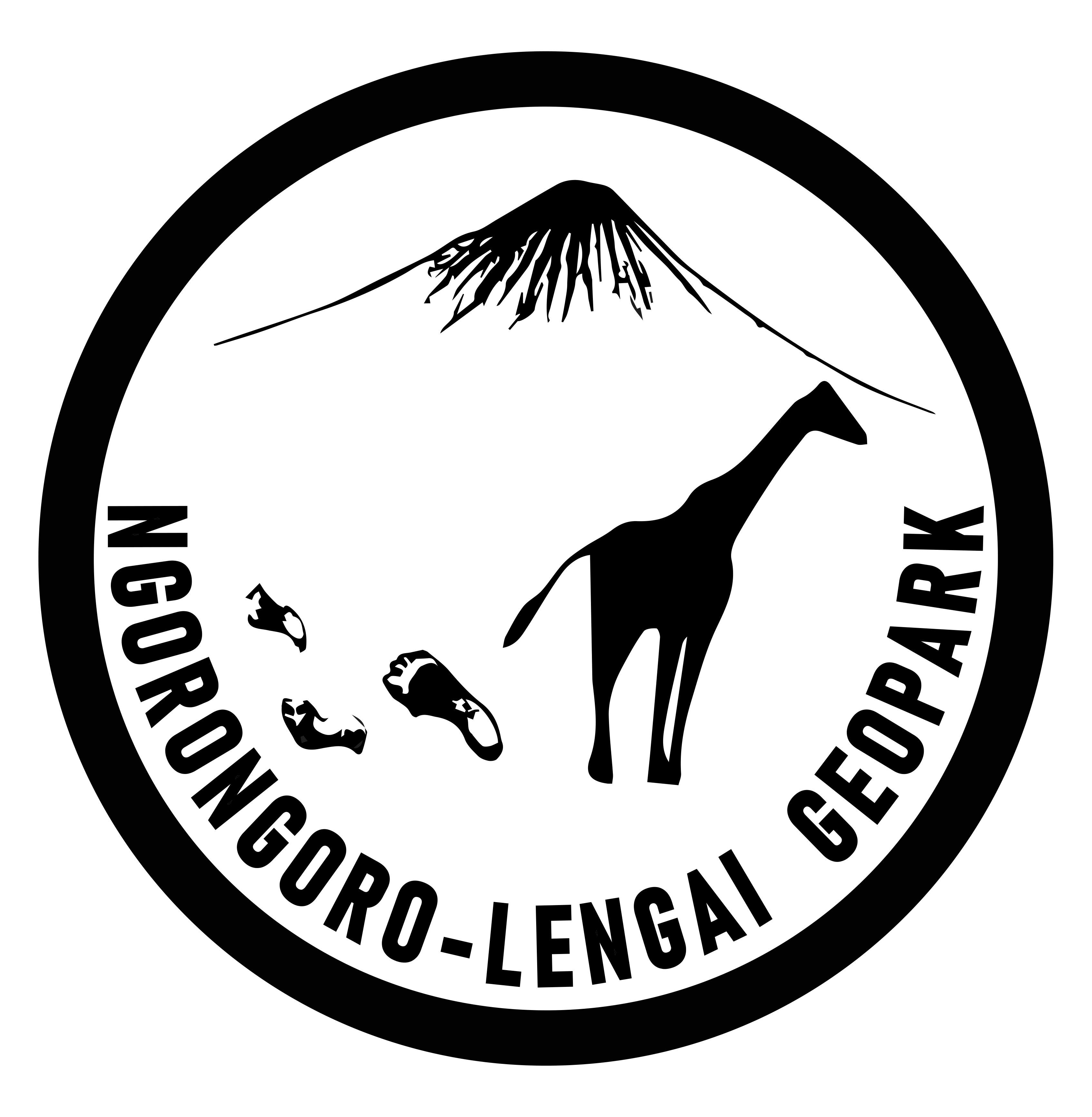


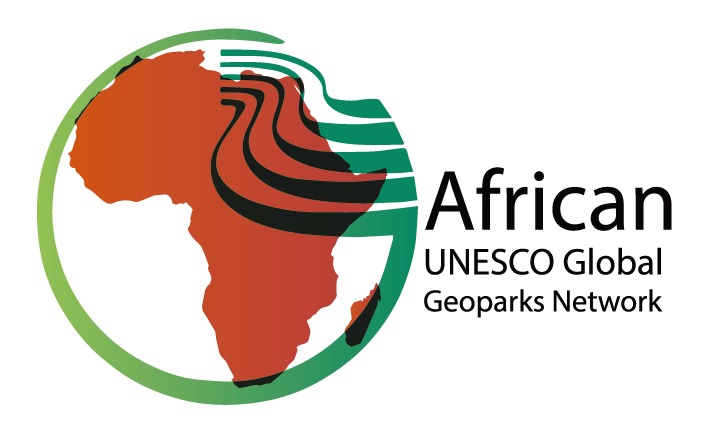
- COVID 19 POLICY & GUIDELINE
